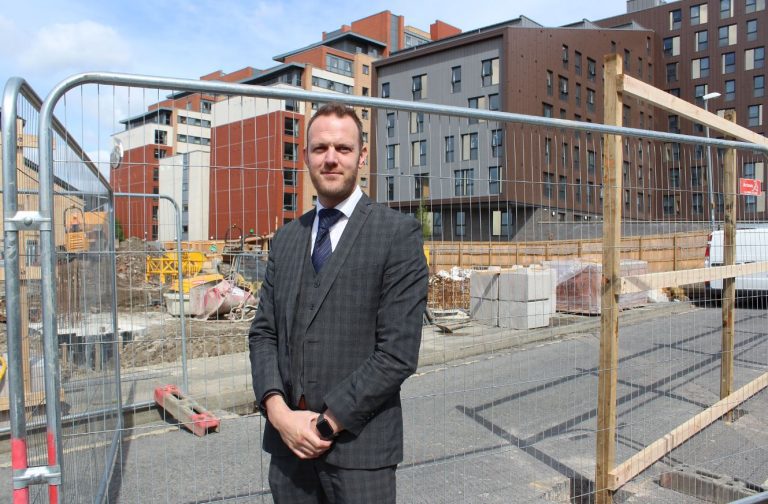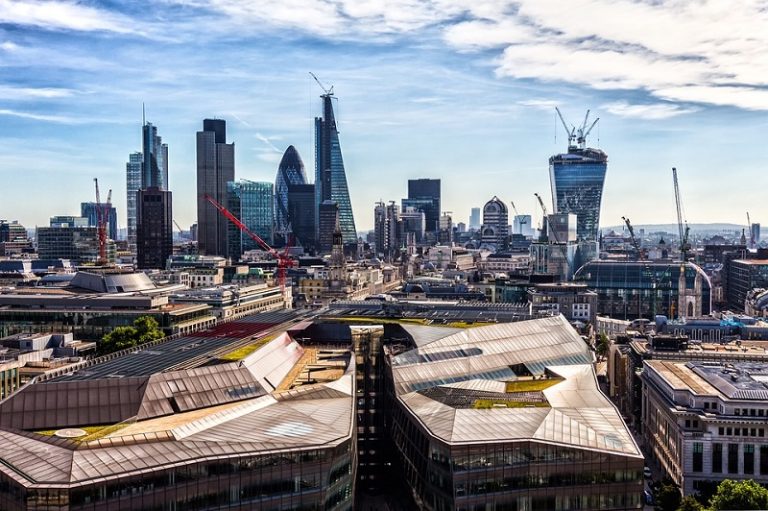The way we build is constantly changing, whether this is from the materials we use or to the actual design – and AI is contributing to this. Artificial intelligence is where machines exhibit their own intelligence through using algorithms to solve problems using inputted data. By harnessing robotics, construction managers can utilise intelligent machines that can perform routine tasks that were once completed by humans, such as bricklaying. Alternatively, AI systems can collate and organise information for engineers to use within project planning and design implementation. With the help of Oasys, we look at the construction industry to see how artificial intelligence is helping. Artificial Intelligence: the fantastic four When it comes to construction, there are four areas that AI is used: Planning makes perfect To construct, you must plan – and this is an area that AI is performing well in. Autonomous equipment is considered as AI as it is aware of its surroundings and is capable of navigation without human input. In the planning stages, AI machinery can survey a proposed construction site and gather enough information to create 3D maps, blueprints and construction plans. Before this advancement, these processes would take weeks – now they can be done in one day. This helps to save firms both time and money in the form of labour. Project managing It can sometimes be overwhelming to manage an entire project single handed, but with the assistance of AI – it is becoming easier. For example, workers can input sick days, vacancies and sudden departures into a data system and it will adapt the project accordingly. The AI will understand that the task must be moved to another employee and will do so on its own accord. Construction When it comes to construction, AI systems not only have the ability to assist engineers through their work. For example, if engineers were working on a proposed new bridge, AI systems would be able to advise and present a case for how the bridge should be constructed. This is based on past projects over the last 50 years, as well as verifying pre-existing blueprints for the design and implementation stages of the project. By having this information to hand, engineers can make crucial decisions based on evidence that they may not have previously had at their disposal. In the construction industry, it is likely that you will come across projects that will be tall builds – this is where autonomous comes in. Using sensors and GPS, the vehicle can calculate the safest route while also helping workers to stay outside of the vehicle when it’s operating on dangerous routes. The use of artificial intelligence AI can be introduced inside the building too. In the US alone, $1.5 billion was invested in 2016 by companies looking to capitalise on this growing market. To make the customer experience better, Wynn Las Vegas Hotel said that they would be adding the Amazon Echo to every room by the end of this year. These devices can be used for aspects of the room such as lighting, temperature and any audio-visual equipment contained in the room. These systems can also be used within domestic settings, allowing homeowners to control aspects of their home through voice commands and systems that control all electronic components from one device. The importance of information It is important to hold as much information as you can about a project, including management decisions and this is easier to do with the help of building information modelling (BIM). Conversational features can be added with the use of virtual assistants (VAs) that will also provide a person with information. By combining VAs alongside NFC (near-field communication), VAs can give additional information to the building itself in real-time from various sensors in the building. For example, if there were structural problems with a building, then VAs could inform engineers specifically where the problem was and how it can be fixed. VAs, AIs and building design software can help make savings in the construction sector, whilst keeping up the same standard of work. As the future of AI becomes more of a reality within construction, only time will tell how reliant upon intelligent machines we will have to be in order to construct innovative building designs.











